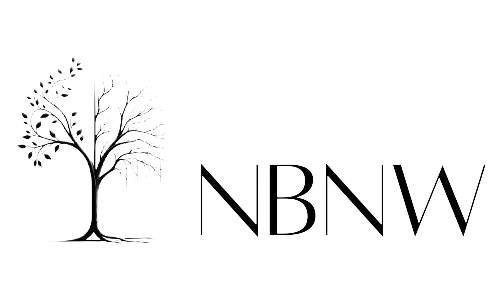

By Sunidhi - Apr 24, 2025
US moves to ban artificial food dyes like Red 3, Yellow 5, and Blue 1, citing health concerns. The proposed regulation follows concerns over behavioral issues in children and potential cancer risks. The shift is in line with stricter EU regulations and growing consumer demand for transparent food labeling and healthier options. Food companies are reformulating products with natural color sources, despite concerns over the impact on product variety and production costs.

Food color in cereals via Getty images
LATEST
In an important step to safeguard public health, the US is moving to outlaw some artificial food dyes that are frequently found in processed meals, drinks, and snacks. This ruling follows mounting worries about the probable health hazards of synthetic coloring agents, such as behavioral problems in kids and suspected connections to cancer. The prohibition would target colors like Red 3, Yellow 5, and Blue 1, which are still allowed in many American products even though they are limited or prohibited in a number of other nations.
Health professionals and advocacy organizations have long demanded more stringent laws, pointing to research showing chemical dyes may shorten children's attention spans and increase their hyperactivity. The Food and Drug Administration (FDA) has been under pressure to modify its regulations to conform to stricter EU regulations, which mandate that food producers use natural substitutes or disclose the existence of artificial dyes. As a result, a number of US states—including California and New York—have introduced or enacted laws calling for the elimination of these ingredients from domestically sold food.
The proposed ban represents a growing shift in consumer awareness and demand for cleaner, more transparent food labeling. Many parents, nutritionists, and health advocates argue that removing harmful dyes is a simple but crucial step toward healthier diets for children and adults alike. As a result, some food companies have already begun reformulating their products using natural color sources like beet juice, turmeric, etc.
Although the ban has received support from public health circles, some members of the food business contend that it may limit the diversity of colors available in processed foods and raise production costs. But with growing scientific data and public support, the United States seems ready to put health and safety ahead of convenience and custom when it comes to food regulation.